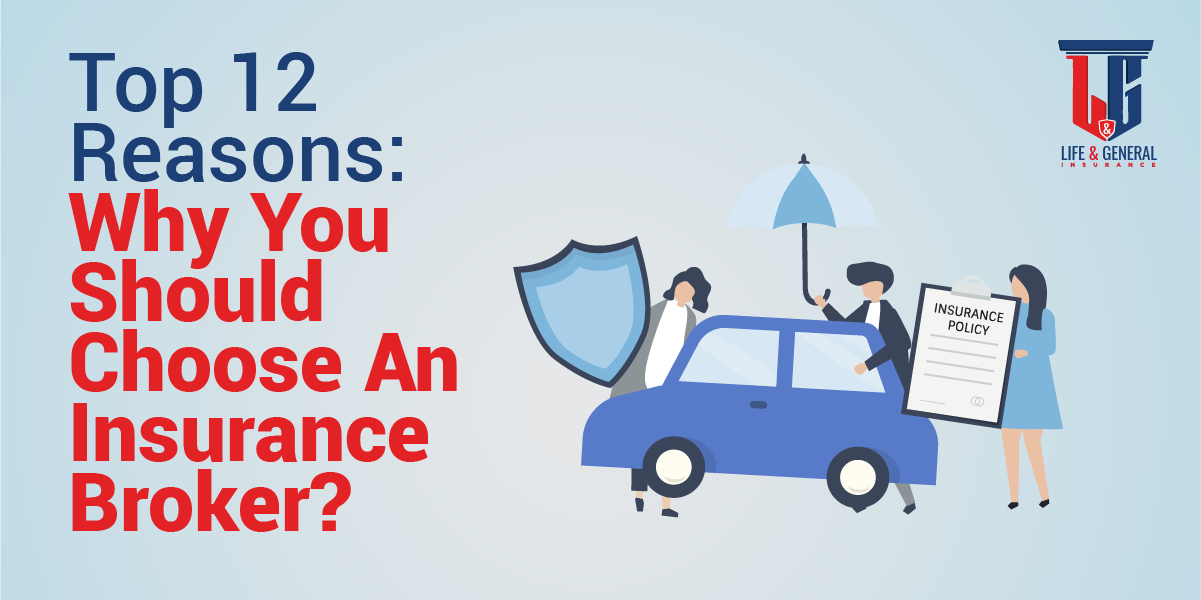Table of Contents
When it comes to protecting your business against unforeseen risks, insurance is a necessary investment. However, there are situations where the coverage provided by a traditional insurance policy may not be enough. This is where reinsurance and coinsurance come into play. But what exactly are they, and which one is right for your business? In this article, we will explore the key differences between reinsurance and coinsurance, and provide insights to help you make an informed decision.
Difference Between Reinsurance and Coinsurance
Both reinsurance and coinsurance are designed to transfer risk from one party to another. However, there are some key differences between the two:
1. Reinsurance Vs. Coinsurance: Definition
Reinsurance is a type of insurance that insurers use to protect themselves against large losses. Essentially, an insurer buys insurance from another insurer to protect themselves against risks that exceed their own risk capacity. Coinsurance, on the other hand, is a shared risk model where two or more insurers share the risk and the premium of a single policy.
2. Reinsurance Vs. Coinsurance: Risk transfer
With reinsurance, the original insurer transfers the risk to the reinsurer, who assumes a portion of the risk. In contrast, with coinsurance, each insurer shares the risk and premium in proportion to their percentage of ownership in the policy.
3. Reinsurance vs. Coinsurance: Policy structure
Reinsurance typically involves a separate policy between the insurer and the reinsurer. The reinsurer assumes a portion of the risk, and the original insurer is still responsible for the policyholder. In contrast, coinsurance involves a single policy with multiple insurers who share the risk.
4. Reinsurance vs. Coinsurance: Types
There are two types of reinsurance: treaty reinsurance and facultative reinsurance. Treaty reinsurance is a type of reinsurance that covers all risks within a specified category, such as all auto policies or all fire policies. Facultative reinsurance is used for specific risks that do not fit within the category covered by treaty reinsurance.
Coinsurance can be either proportional or non-proportional. Proportional coinsurance involves sharing the risk and premium in proportion to the percentage of ownership of the policy. Non-proportional coinsurance involves sharing the risk and premium up to a predetermined limit, after which the risk is transferred to a reinsurer.
5. Reinsurance vs. Coinsurance: Cost
The cost of reinsurance depends on the amount of risk transferred and the reinsurer’s fees. In contrast, coinsurance typically involves a lower cost since the risk and premium are shared among multiple insurers.
6. Reinsurance vs. Coinsurance: Use Cases/Examples
Reinsurance is commonly used by large insurers to protect against catastrophic events such as hurricanes or earthquakes. Coinsurance is often used by smaller insurers to spread the risk of a single policy among multiple insurers.
7. Reinsurance vs. Coinsurance: Advantages
Advantages of Reinsurance:
- Provides a greater level of risk transfer, allowing the insurer to reduce their exposure to losses
- It can help insurers to manage their capital and regulatory requirements by reducing the need for large reserves
- Enables insurers to provide coverage for large and complex policies that may be too risky or expensive to cover on their own
- Provides access to expertise and resources of the reinsurer, including risk analysis, underwriting, and claims handling
Advantages of Coinsurance:
- Shares the risk between the insurer and the insured, reducing the insurer’s exposure to losses
- This can result in a lower premium for the insured, as they are sharing the cost of coverage with the insurer
- Encourages the insured to take a more active role in managing their risk and preventing losses
- Can provide more flexibility in terms of coverage options and customization
8. Reinsurance vs. Coinsurance: Disadvantages
Disadvantages of Reinsurance:
- Can be expensive, as reinsurers charge a premium for assuming a portion of the insurer’s risk
- This may result in a loss of control for the insurer, as they are relying on the reinsurer to manage a portion of their risk
- Can be complex and difficult to administer, especially for large and complex policies
Disadvantages of Coinsurance:
- This can result in a lower level of coverage and a higher out-of-pocket cost for the insured
- May not provide adequate coverage for catastrophic events or other large losses
- This can lead to disputes between the insurer and the insured over the division of losses and expenses
Which One is Right for Your Business?
When deciding between reinsurance and coinsurance for your business, it is important to consider a number of factors, including:
- The type and size of policy you are seeking coverage for
- The level of risk associated with the policy
- Your budget and cash flow needs
- The expertise and resources available to manage the policy
- Your overall risk management strategy and goals
- Ultimately, the choice between reinsurance and coinsurance will depend on the unique needs and circumstances of your business. It is important to work with experienced insurance professionals who can help you understand your options and choose the approach that is best suited for your specific needs.
Can I Have Both Reinsurance And Coinsurance For The Same Policy?
Yes, it is possible to have both reinsurance and coinsurance for the same policy. Coinsurance is a type of risk-sharing arrangement where two or more insurers share the risk and liability of a policy. Reinsurance, on the other hand, involves the transfer of risk from the insurer to the reinsurer. In some cases, an insurer may use both coinsurance and reinsurance to manage their risk exposure. The coinsurance arrangement can help the insurer retain a portion of the risk, while the reinsurance agreement transfers the remaining risk to the reinsurer.
What Types Of Policies Are Commonly Reinsured?
Several types of policies are commonly reinsured, including property and casualty, life, health, and disability insurance policies. Property and casualty insurance policies cover damage to property or liability for injuries or damage caused to others, such as car insurance or homeowners’ insurance. Life insurance policies provide financial protection to beneficiaries in the event of the policyholder’s death. Health insurance policies cover medical expenses for the policyholder. Disability insurance policies provide income replacement in the event of the policyholder’s disability. Reinsurance is typically used for high-risk exposures, where the insurer may not have enough capacity to cover the risk on its own. Reinsurers assume a portion of the risk in exchange for a premium payment from the insurer.
How Does The Cost Of Reinsurance Compare To Coinsurance?
The cost of reinsurance is typically higher than coinsurance due to the increased level of risk transfer involved. Reinsurers charge a premium for assuming a portion of the insurer’s risk, which can be a significant expense for the insurer. Coinsurance, on the other hand, typically involves sharing the risk between the insurer and the insured, with the insured paying a portion of the premium based on their level of coverage. While coinsurance can reduce the insurer’s risk exposure, it may also result in a lower level of coverage and a higher out-of-pocket cost for the insured.
Conclusion
In summary, both reinsurance and coinsurance are important risk management tools in the insurance industry. Reinsurance is primarily used to transfer a portion of the insurer’s risk to a third party, while coinsurance involves sharing the risk between the insurer and the insured. Each approach has its own advantages and disadvantages, and the choice between the two will depend on a variety of factors such as the type of policy, the level of risk, and the cost. It is important for businesses to carefully consider their options and work with experienced insurance professionals to determine the best approach for their needs.
Protect Your Business – Get Reinsured Today!
If you own a business that requires insurance coverage, it is important to consider reinsurance as a way to protect your assets and minimize your risk exposure. By working with a reputable insurance company and experienced reinsurers, you can customize your coverage to meet your specific needs and ensure that you have adequate protection in place. Contact a trusted insurance professional today to learn more about your options for reinsurance and how it can benefit your business.




